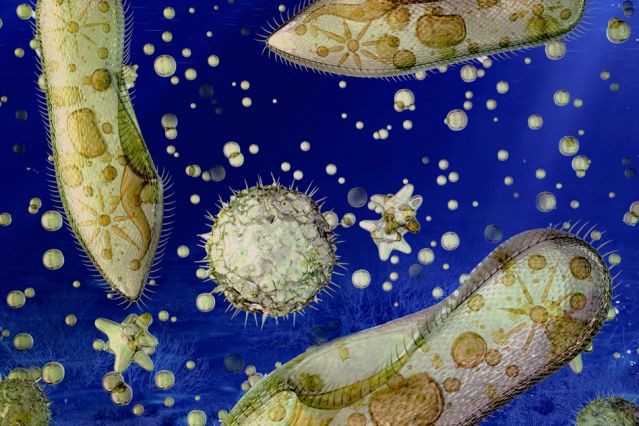Global Warming Update: Ocean Oxygen Depletion Could Be Good For Bacteria, Bad For Fish

Lying hundreds or thousands of meters under the ocean surface, large zones of water exist with nearly no oxygen. The areas have oxygen levels that fall thousands of times below what small fish need to breathe. But they’re just right for some types of bacteria.
At levels of oxygen measured at almost one nanomolar per liter (literally 10,000 times lower than what small fish need), only the hardiest of organisms can exist. They manage to survive, research published in the Journal Limnology and Oceanography found, by switching to an anaerobic breathing processes that take up nitrogen instead of oxygen. Those processes, Phys.org reported Monday, can play an important role in the climate: metabolizing nitrogen creates nitrogen dioxide, which can be pumped up into the atmosphere and act as a greenhouse gas that further traps heat in the atmosphere and contributes to global warming.
Climate change is expected to impact the oxygen levels of the oceans as well. Oceans are where about 90 percent of global warming actually occurs. As water warms it expands, which produces rising sea levels but also makes oceans less able to dissolve oxygen. If low-oxygen zones proliferate, that could impact fish and plant communities.
“There's a question, as circulation and oxygen change in the ocean: Are these oxygen minimum zones going to shoal and become more shallow and decrease the habitat for those fish near the surface?" Emily Zakem, lead author of the study and graduate student at the Massachusetts Institute of Technology’s Department of Earth, Atmospheric and Planetary Sciences, said. “Knowing this biological control on the process is really necessary to making those sorts of predictions.”
Warmer ocean temperatures also impact weather patterns, according to the Environmental Protection Agency. The hotter water can lead to more powerful tropical storms and is directly tied to the ongoing death of the Earth’s coral systems.
© Copyright IBTimes 2025. All rights reserved.






















